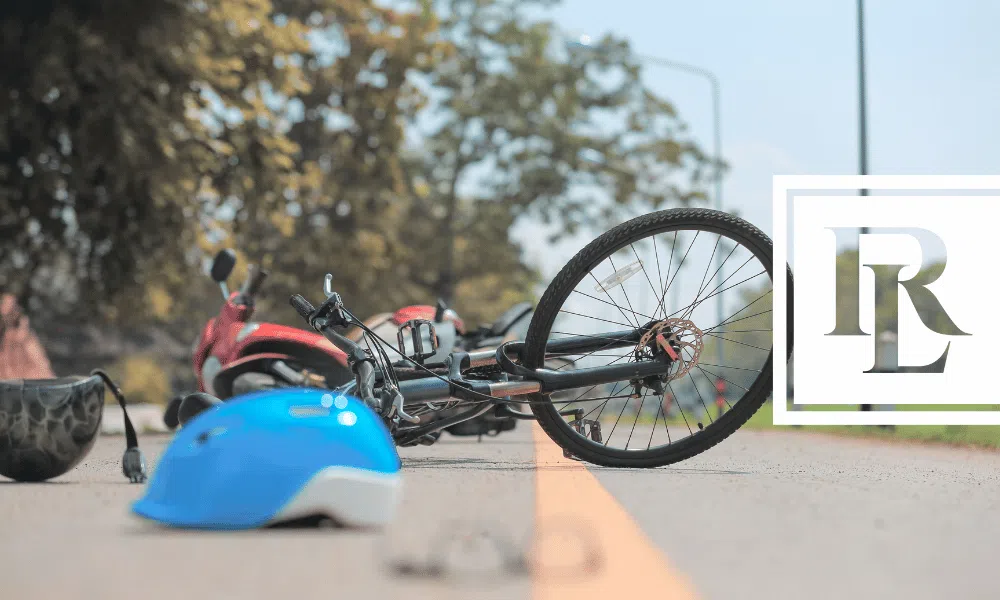May is National Bicycle Safety Month. While opting to ride a bike has many benefits, it also comes with inherent dangers. Whether you are on a bicycle or behind the wheel of a vehicle, make sure you are doing your part to ensure the safety of everyone on the road.
Sharing the Road
Cyclists are subject to the same laws as other drivers on the road.
- In the United States, everyone must ride on the right side of the road.
- Cyclists are not necessarily given the right of way. They must follow the same yielding practices as motorized vehicles.
- Cyclists must follow all street signs, signals, and markings.
When a bike lane is present, cyclists are not required to use it. If a driving lane is wide enough, cyclists can share the lane with other vehicles by riding on the right side. If a driving lane is not wide enough to share, cyclists can “take the lane” by riding in the middle of it.
Helmet Laws
Helmets save thousands of lives each year. While not required in every state, it is highly recommended that all cyclists wear helmets any time they venture out on the road.
Rhode Island: Riders aged 15 years or under must wear a helmet while riding a bicycle, as an operator or passenger.
Massachusetts: Riders aged 16 years or under must wear a helmet while riding a bicycle, as an operator or passenger.
Connecticut: Riders aged 15 years or under must wear a helmet while riding a bicycle, as an operator or passenger.
Hand Signals
Similar to using a directional while driving, using hand signals can help those on the road to understand a cyclist’s intentions.
Left Turn: Fully extend the left arm straight out to the side, keeping the fingers straight.
Right Turn: One option is to extend the left arm to the side with the elbow at 90 degrees, the hand pointing upward, keeping the fingers straight. Another option is to fully extend the right arm straight out to the side, keeping the fingers straight.
Stopping or Slowing: Extend either the left or right arm to the side with the elbow at 90 degrees, the hand pointing downwards, keeping the fingers straight and the palm facing backward.
Cyclists should use these hand signals well in advance. As most other vehicles on the road are moving faster than bicycles, drivers must be given an adequate amount of time to interpret a cyclist’s intentions before they make sudden changes in direction.
Whether you are a cyclist or a driver, understanding the rules of the road can help to keep everyone safe. If you or someone you know has been injured in a bicycle accident, contact the team at Rob Levine today!





